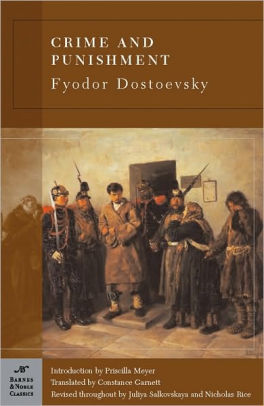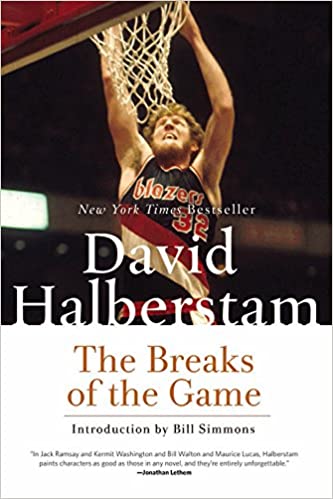For from him and through him and to him are all things. To him be glory forever. Amen.
Romans 11:36
My semester’s theme thus far has been process over product, and this week’s verse underscores it. I can easily declare that all thing have their proper end in glorifying God. It is another to navigate the process that leads to that end result.
This passage in Romans connects the entire process — the beginning the middle and the end — to Christ. Everything starts with his word. Everything holds together through his word. Everything was made to glorify him.
I don’t find it difficult to acknowledge God is creator, and I confess with my mouth the Westminster Confession’s claim that the end of man is to glorify God and enjoy him forever. This is very different, however, from enjoying him right now in the middle of a work week or in the middle of a difficult class or in the middle of a grading session. It is easy to say, “Love God with everything you have and love your neighbor,” but what does that mean in the gritty details of your life?
This week, I am focusing on the process as a means to help my students improve as readers and writers. If I want my students to develop their reading and writing skills, I must be willing to give them ways of approaching their tasks. What I am praying for is a greater awareness of how God informs that process. Yes, He made all things, and yes, all things were made to glorify Him, but how does that translate into my concrete teaching and something as simple as free-writing or summarizing what I just read?
One thing I am recognizing is that there are far too many parts of the process of learning and teaching that I think I can do on my own. This simply isn’t true. I pray that God gives me the humility to ask for his guidance in every part of my educational and pedagogical process.



